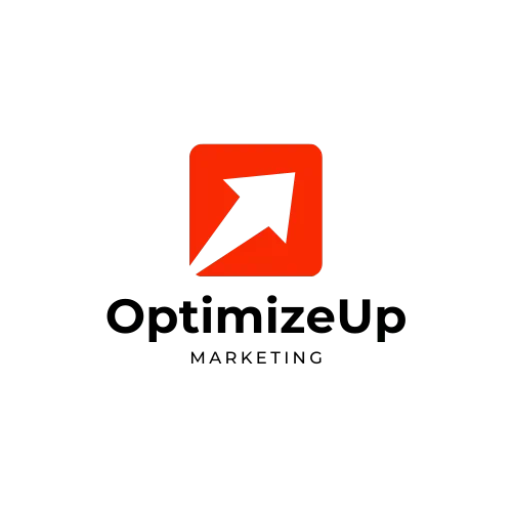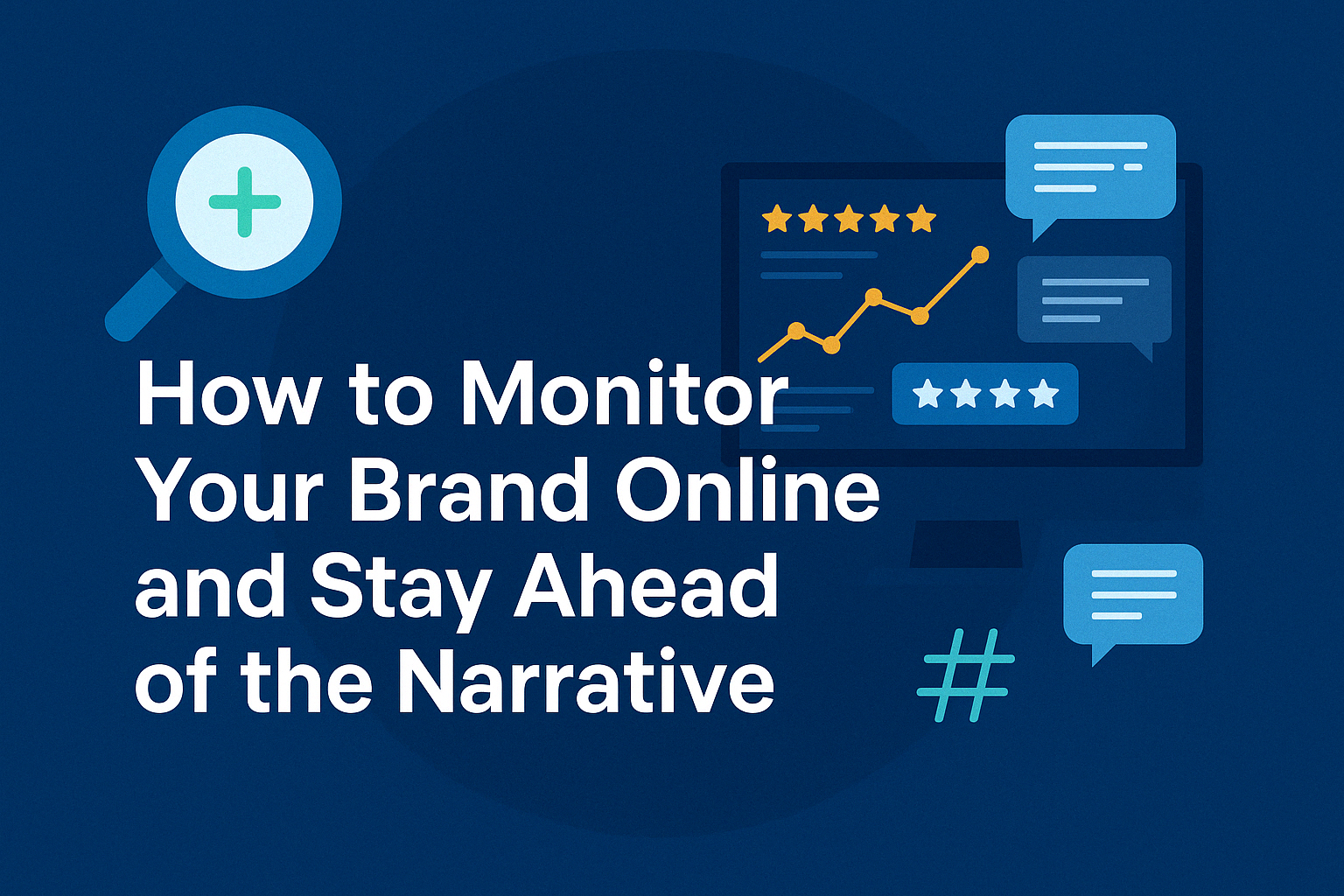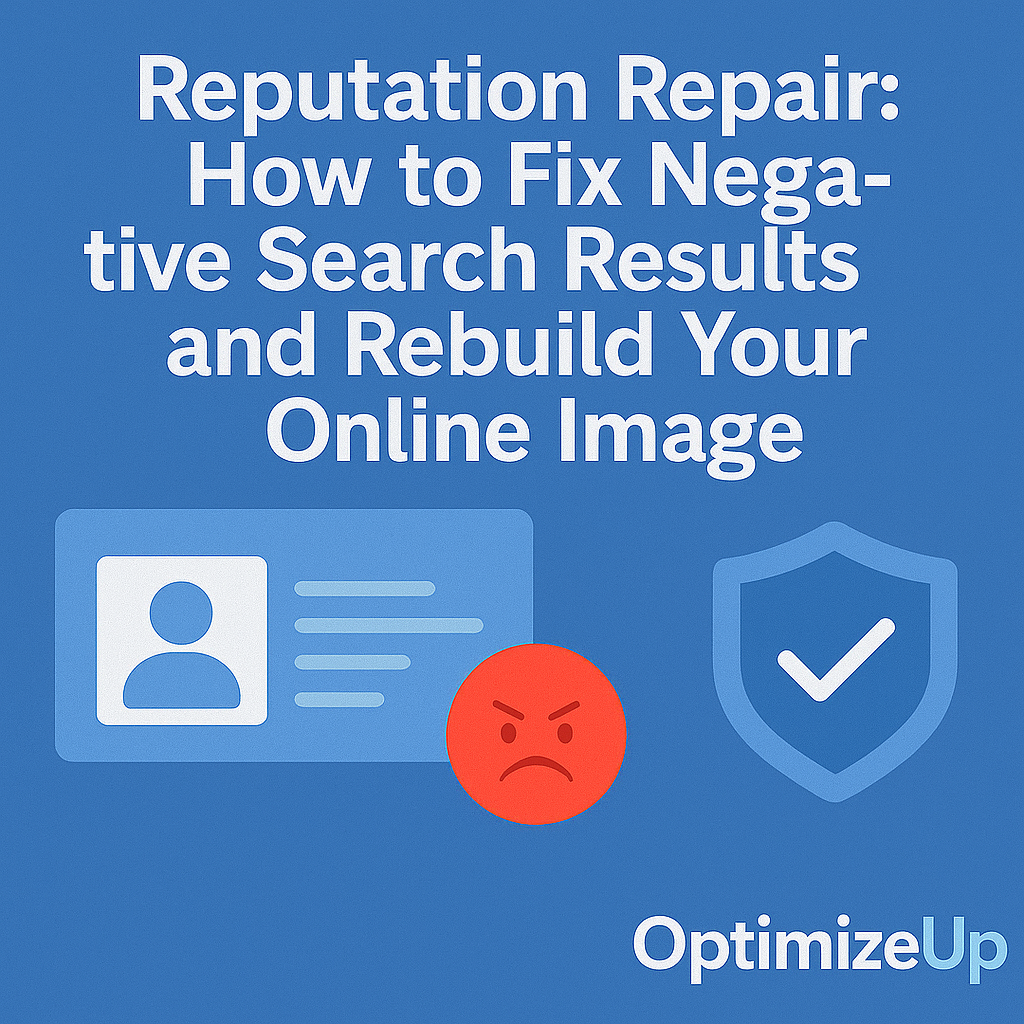Why Online Brand Monitoring Is Essential
Your brand is no longer just what you say it is—it’s also what others say about you online. From customer reviews to news articles, tweets, blog posts, and search engine results, your brand is constantly under public scrutiny.
Failing to monitor your brand can lead to:
- Loss of trust and customer loyalty
- Missed opportunities to engage your audience
- Delayed response to crises or misinformation
- Long-term damage to SEO and online visibility
According to BrightLocal, 98% of people read online reviews before making a purchase decision, and 76% trust reviews as much as personal recommendations. Monitoring your brand allows you to proactively manage perception and respond in real time.
Effective brand monitoring can also uncover valuable competitive intelligence and feedback to improve operations, marketing campaigns, and customer experience strategies.
Core Components of Effective Brand Monitoring
1. Monitor Brand Mentions
- Company name (with and without domain extensions)
- Executive and employee names
- Product or service names
- Industry terms linked with your brand
2. Track Branded Keywords
- “[Your Brand] + review”
- “[Your Brand] + scam”
- “alternatives to [Your Brand]”
3. Analyze Sentiment and Tone
- Understand how your audience feels about your brand
- Detect potential PR issues before they escalate
4. Monitor SEO Metrics
- Track how your brand ranks in SERPs
- Observe branded keyword changes over time
- Evaluate content suppression or reputation repair needs
5. Identify Influencers and Brand Advocates
- Highlight high-value followers, reviewers, and brand fans
- Reward and engage with loyal users and micro-influencers
Tools to Monitor Your Brand Online
A. Search Engine Alerts
- Google Alerts
- Set alerts for brand name, product names, executive names
- Include variations and misspellings
B. Social Listening Platforms
C. Review Monitoring Tools
D. SEO & SERP Analysis Tools
These tools help track and aggregate brand-related data across platforms, delivering real-time visibility and context.
Where to Monitor Your Brand Online
1. Search Engines (Google, Bing)
- Branded search result pages
- People Also Ask sections
- Related searches and auto-suggestions
- Image and video results related to your brand
2. Review Sites
- Google Business Profile
- Yelp, Trustpilot, Better Business Bureau
- Industry-specific platforms (e.g., G2, Healthgrades, TripAdvisor)
- Niche blogs and curated comparison sites
3. Social Media Platforms
- Twitter/X, LinkedIn, Facebook, Instagram, TikTok
- Branded hashtags, comments, replies
- Stories and mentions
4. News Outlets and Blogs
- Press coverage (positive or negative)
- Independent reviews and analysis
- Syndicated content mentioning your brand
5. Forums and Online Communities
- Reddit, Quora, Stack Exchange
- Niche communities related to your industry
- Anonymous posting platforms like 4chan or TheDirty (for damage control)
Step-by-Step Guide to Building a Brand Monitoring Strategy
Step 1: Set Clear Monitoring Goals
- Reputation management
- Crisis prevention
- Competitive intelligence
- Customer experience feedback
- Compliance monitoring (e.g., regulated industries)
Step 2: Choose Your Monitoring Stack
- Combine free and premium tools
- Balance SEO analysis, real-time alerts, and sentiment tracking
- Integrate with your CRM and analytics stack when possible
Step 3: Develop Keyword Lists
- Include all brand identifiers
- Monitor campaign slogans, events, and product lines
- Track competitors and related market topics
Step 4: Assign Monitoring Roles
- Delegate listening, analysis, and response responsibilities
- Create workflows for fast action
- Align social media, PR, and legal departments
Step 5: Respond Promptly and Thoughtfully
- Acknowledge negative feedback without getting defensive
- Highlight and amplify positive sentiment
- Use feedback to inform product and messaging improvements
- Create documentation templates for consistent outreach
“Brands that respond to reviews—positive or negative—see up to a 16% increase in customer advocacy.” — Harvard Business Review
Proactive Crisis Management Through Monitoring
1. Early Detection of Brand Threats
- Viral tweets or Reddit threads
- Negative news coverage or YouTube videos
- Rogue employees or PR missteps
- Accidental or malicious product recalls
2. Build a Crisis Response Framework
- Pre-approved messaging for various scenarios
- Escalation matrix with response timelines
- Legal and compliance review protocols
3. Activate Owned Media Channels
- Blog posts clarifying positions
- CEO or founder statements
- Social media updates to control the narrative
- Use SEO to publish rebuttals and recover search results
4. Post-Crisis Recovery Strategy
- Use suppression SEO to push down negative content
- Create authentic success stories and case studies
- Collaborate with customers to generate testimonials
- Launch goodwill campaigns that reinforce values
Long-Term Brand Reputation Building Tactics
1. Claim and Optimize Online Profiles
- Ensure brand consistency across all social and review platforms
- Fill out every available field (images, hours, contact info)
- Use rich media like video intros, cover stories, and Q&As
2. Publish Content That Reflects Brand Values
- Thought leadership articles
- Interviews and podcasts
- Product tutorials and value stories
- Corporate social responsibility highlights
3. Build Relationships With Influencers and Journalists
- Offer expert commentary on breaking stories
- Build rapport with editors and contributors
- Contribute guest posts on high-authority industry blogs
4. Engage Your Audience Authentically
- Encourage reviews and feedback
- Ask questions, run polls, and host AMAs (Ask Me Anything)
- Celebrate milestones with your community
- Respond to UGC (user-generated content) to foster brand love
5. Implement Ongoing Reputation Campaigns
- Quarterly audits of online mentions and content accuracy
- Strategic partnerships and collaborations
- Events and webinars to elevate your thought leadership
How Optimized Up Can Help You Monitor and Protect Your Brand
When every impression counts, Optimized Up equips you with the expertise and tools needed to:
- Monitor brand mentions across platforms
- Automate reputation tracking with customized dashboards
- Remove harmful or outdated content where possible
- Suppress negative results through expert SEO
- Build a resilient and reputable brand image
- Establish brand protection systems that scale with your growth
Get your customized brand monitoring strategy and take control of the narrative.
Frequently Asked Questions
It allows businesses to stay informed about what’s being said about them, enabling faster responses and better reputation management.
Real-time monitoring is ideal. At a minimum, review branded SERPs, reviews, and alerts weekly.
Google Alerts is a strong starting point, but pairing it with tools like Mention or Brand24 yields better results.
Flag them with the platform, respond politely, and contact customer support with documentation.
Sometimes. Legal takedowns or suppression strategies via SEO can reduce their visibility.
Share of voice
Branded search volume
Sentiment ratio
Review score averages
Crisis response time
MLA Citations:
Reynolds, Cara. Mastering Online Reputation: Brand Monitoring for the Modern Business. Brandwise Publishing, 2024. “Local Consumer Review Survey 2024.” BrightLocal, 2024, www.brightlocal.com. “Responding to Customer Feedback.” Harvard Business Review, 2024, hbr.org.





